The history of porcelain – Chinese white gold
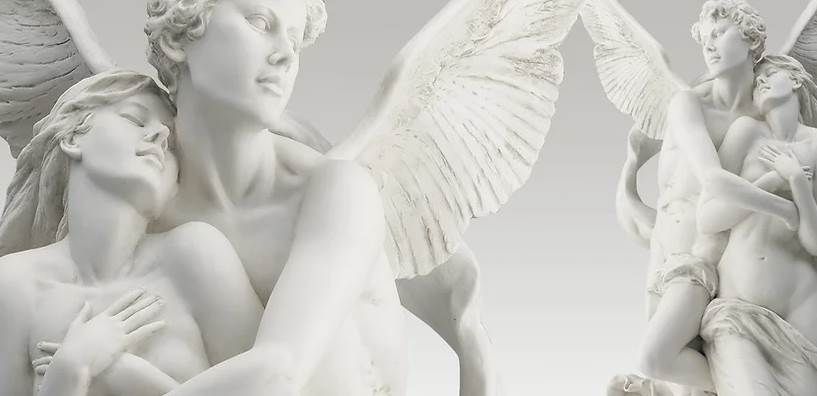
If anyone thinks that history of porcelain is boring, that’s a big mistake! Suffice it to say that Europeans have been wondering for hundreds of years how the material called “white gold” is made. The delicate, ceramic material even caused sleepless nights for alchemists, who convinced everyone that they knew how to turn base metals into gold. One of them managed to do it, but by then generations had passed since the first porcelain appeared in Europe, imported from China. This country is considered the cradle of porcelain.
If we have porcelain dishes or decorations, we can see with our own eyes – and touch will only confirm it – that Chinese ceramics, compared to native European ones, are “heaven and earth”. Because porcelain is nothing more than ceramics, which we associate with rough, hard and heavy vessels made of orange clay. But porcelain is neither heavy nor rough. Rather light, delicate and smooth. We can also add that in some variants it is even translucent when held against the light!
Thousands of years of striving for perfection. The beginnings of porcelain history
It is not known when exactly the Chinese began to produce porcelain, using this material not only in dishes, but also in numerous works of art. Indicatively, it was found that the first smooth ceramics – called “primitive porcelain” – was created in the years 1600-1046 BC, during the Shang dynasty. However, it had little in common with the porcelain that became popular later. It was rather similar to the basic material, suitable for building water-tight vessels. The real porcelain boom began in the Han dynasty, when the first blast furnaces were built – between 25 and 220 AD.
The first such products were known as celadon. Today, porcelain and celadon are distinguished as separate types of ceramics. It is worth noting, however, that in Chinese there is only one word describing both of these variants of Chinese ceramics (ci 瓷). Celadon is a type of early porcelain with a characteristic greenish color. The next hundreds of years of evolution of the Chinese state and subsequent dynasties branched out into the porcelain and celadon industry. Later, further variations of Chinese ceramics were created.
History of porcelain – first processing
The most famous and common type of porcelain to this day was created during the Yuan dynasty, at the turn of the 13th and 14th centuries. This real, hard porcelain was made of petuntse, i.e. porcelain stone (feldspar rock) ground into powder and mixed with kaolin (white porcelain clay). Each ingredient had its own function.
When processed at 1,450 degrees Celsius, the pentuse glazed, providing the characteristic visual charm of porcelain, and the kaolin ensured that the product retained its shape. Europeans – trying to find a “patent” for the production of this type of porcelain – invented another type. It was soft porcelain, made from a mixture of clay and crushed glass. It is also called artificial porcelain.
The Travels of Marco Polo and Alchemy. How Europeans tried to counterfeit Chinese porcelain
Some say that the famous Venetian merchant and traveler Marco Polo was the first to bring porcelain to Europe. This is, of course, a half-truth – he actually brought it, but certainly not the first one. It is not known exactly when Chinese pottery reached Europe. First, it had to become popular in the countries of Central Asia so that Arab merchants could sell it to Europeans. They were probably the first to bring objects made of this valuable material to Europe. It is worth including a small digression here.
The name celadon probably comes from from the name of Saladin – or rather Salah ad-Din, the first sultan of Egypt, who lived in the 11th century. He was famous for his great passion for Chinese ceramics – later called celadon – with a greenish color… Like aquamarine. And the name of this color also suggests something. Traces of celadon were also discovered in Spain, which was still partly ruled by Muslims during Saladin’s times. A fragment of a ceramic bowl from the 11th century, made of celadon, was found in the Aljaferia fortress (Zaragoza, Spain).
Then Marco Polo couldn’t have been first. The fact is, however, that in the 14th century he returned from China, bringing various goods from there. Including various vials and containers with spices and Chinese herbs. Among them was a beautiful, small gray-green jar. That’s when the term porcelain was coined. Marco Polo named this unique, small vessel porcelain. This word comes from old Italian, referring to the word porcellini, which in turn is the name of sea snails whose shell reminded Polo of the color of his jar. Other names for this mollusc are cowries or in Polish… porcelain lilies.







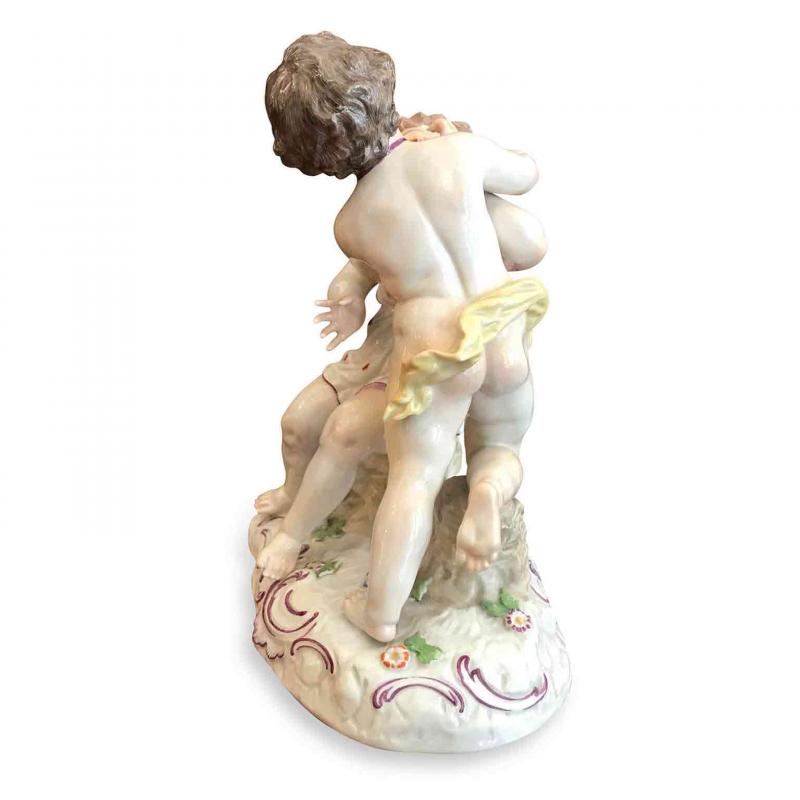
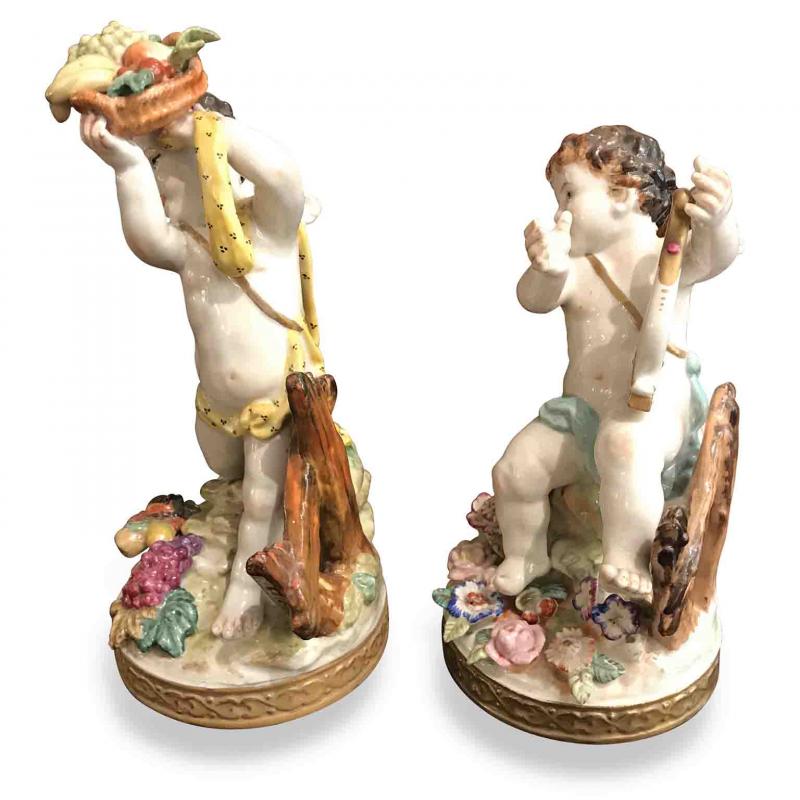

An elephant (in a china shop?) and the Polish case. August II the Strong, the owner of the first porcelain factory in Europe
From there it was all downhill. Porcelain and celadon arrived in Europe via the Silk Road and then along Dutch sea routes. By this time, Europeans had already become very familiar with this noble Chinese ceramics and were wondering how to produce vessels from the same material in Europe. Unlike today, production in Europe would then be much cheaper than importing goods from China. It took HUNDREDS of years before Europeans figured out how to fake Chinese pottery. No wonder, since even Marco Polo wrote total nonsense about its production!“
The vessels are made of friable earth or clay that is dug out as if from a mine and piled into huge mounds, and then left for thirty or forty years exposed to wind, rain and sun. During this time, the earth is refined so much that vessels made of it have an azure tint and a very brilliant shine,” wrote Polo in his journal.
What is the history of porcelain in Europe?
He is considered the creator of European porcelain Johann Friedrich Böttger – A German from Saxony. Böttger was an alchemist – yes, he too believed he could turn lead into gold. It wasn’t that simple with porcelain. In the end, however, he succeeded. On January 15, 1708, the first European porcelain recipe was created. This was a great event, even worth informing the king himself! Interestingly… the Polish king – Augustus II the Strong.
A year later, the first porcelain factory in Europe was established, precisely in the Albrechtsburg Castle in Meissen (Saxony), which he founded Augustus II the Strong! As the king of Poland came from the Saxon dynasty, Saxony was also under his rule. So it happened that the ruler of the Polish-Lithuanian Commonwealth was the owner of the first and only porcelain factory in Europe at that time! In the following years, factories were established, among others: in Austria and England.
Interestingly, some sources say that Augustus II the Strong imprisoned Böttger, who, as an alchemist, was supposed to “break the porcelain code” for him so that the ruler could satisfy his porcelain obsession.
“Don’t you know that it’s the same with oranges as with porcelain, that once someone gets sick of one or the other thing, he can never have enough of them and wants to have more and more of them,” the King of Poland allegedly wrote in one of his letters.
Is porcelain worth more than gold? The most famous porcelain decorations and dishes
Porcelain it has always been and still is a valuable, desirable material. And yes, small items – such as figurines, plates, vases and other decorations – can cost up to tens of millions of dollars. And although they are certainly not “worth their weight in gold”, because they do not equal the weight of gold, some items made of porcelain can dethrone the natural, beautiful shine of the noble metal.
One of such porcelain gems – from the 18th century, a Chinese vase from the Ming dynasty – found in a house near London. It stood there unnoticed for a long time, as an ordinary vase. In fact, it may have been looted by the British from the Summer Palace in Beijing during the Opium Wars in 1860. The beautifully painted vase was auctioned off and returned to China. It was bought by a Chinese man in 2010 for USD 83 million – he exceeded the asking price by 50 times!
Different continents – different history of porcelain
Chinese porcelain decorations have been and will remain the most valuable, but European porcelain also stands out in this respect, being a “counterfeit” of Chinese porcelain. As it turns out – Johann Friedrich Böttger he developed such a good recipe that Meissen (or Dresden) porcelain became one of the most desirable, next to the original Chinese porcelain. It is Meissen porcelain that should immediately come to mind when we see porcelain figurines.
Early works from the Meissen factory could sell for thousands of dollars. Some figurines were auctioned for up to $200,000. The most famous, however, are the works of Johann Jakob Kirchner and Johann Joachim Kändler. Kirchner’s work from 1732, depicting a bird – “Great Bustard” – was sold at auction in 2015 for $1,071,209, despite signs of restoration and repair.
Other famous porcelain products include: Sevres figurines and porcelain from Capodimonte – a factory founded in Italy by Maria Amalia of Saxony, granddaughter of Augustus the Strong and queen of Spain.



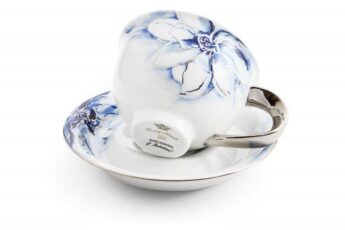

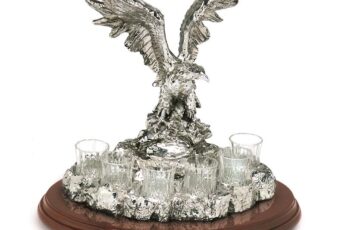
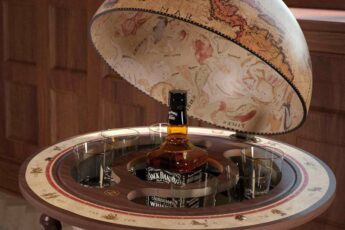
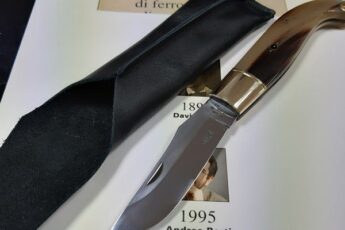
Leave a Comment